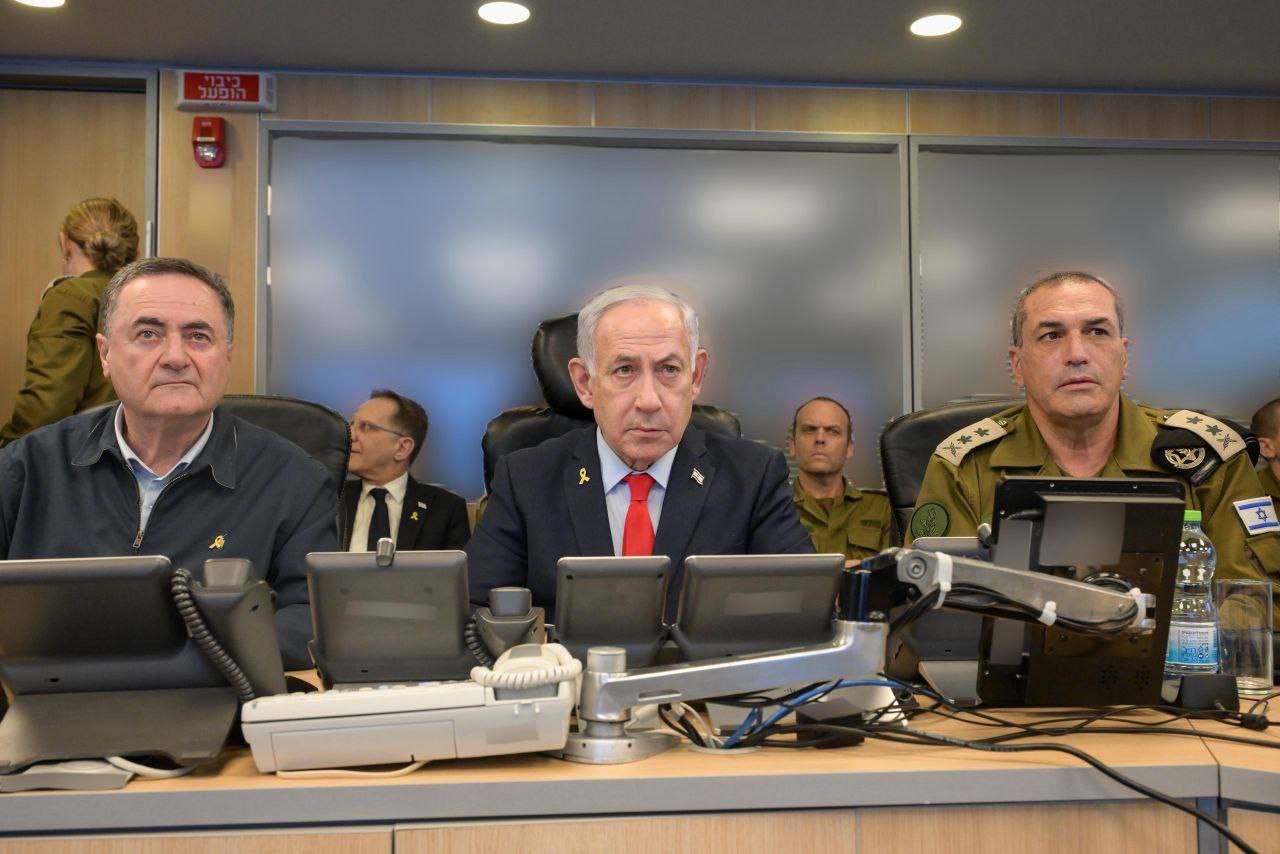
The Security Cabinet of Israel has approved the indefinite occupation of Gaza. The scope and duration of the operation have not been disclosed, but Netanyahu's goal is clear: to destroy Hamas and occupy important parts of the Strip in the long term, administering it militarily and creating the conditions for the Palestinians to ‘leave’ and resettle outside Gaza.
The Israeli government is therefore raising the stakes even further, but it is doing so in a manner entirely consistent with its ‘post-7 October’ strategy: eradicating Hamas from the Strip as its main objective, with the release of hostages as a secondary objective, and changing the local and regional security environment. This strategy is heavily influenced by the shock of 7 October and the weight of the far right, on whose support this government depends for its existence.
Smotrich and Ben Gvir had already blown up the previous truce, preventing the start of Phase 2, and are now calling for the definitive closure of the Hamas ‘chapter’, which, despite a year and a half of attacks, still has part of its military organisation standing. So, no surprise at yet another Israeli ‘mad dog bite’; a bite that, however, will only be formally delivered after the end of President Trump's trip to the Middle East next week.
The tycoon, in fact, is aligned with the positions of the Israeli government and has given the ‘green light’, but does not want to be distracted during a trip that will focus on business with the wealthy Gulf monarchies, particularly Saudi Arabia and the UAE. From a military perspective, Riyadh is under the spotlight because of the the sale of new fighter jets. On the table there would be F-35s and F-15EXs, a prospect that could definitively kill the sale of Eurofighter TYPHOONS to the Kingdom, but also its entry into the ‘GCAP club’.
At the same time, Israel continues to attack Hezbollah targets in Lebanon, government targets in Syria – a country that Israel wants disarmed – and Houthi targets in Yemen. Last night, around 30 Israeli aircraft carried out a major attack on the strategic port of Hodeidah, used by the Houthis to receive weapons and military components from Iran, in response to the missile launched from Yemen that hit Ben Gurion airport. Toda, a second wave of attacks took place and affected the capital, but power grids, factories, fuel depots and the airport (passenger terminal and runways) were also hit. F-15I fighter-bombers and F-35I multi-role fighters were involved in the action. Noteworthy is the typical disproportion of Israeli responses, intrinsic to the peculiar concept of deterrence of the Jewish state.
On the Iranian front, instead, the negotiator Trump wants to continue talks with Tehran, while Netanyahu and the hawks are pushing for a strike in the near future. This tug-of-war has claimed an illustrious victim: National Security Advisor Waltz, who was aligned with the hawks.








.png)
